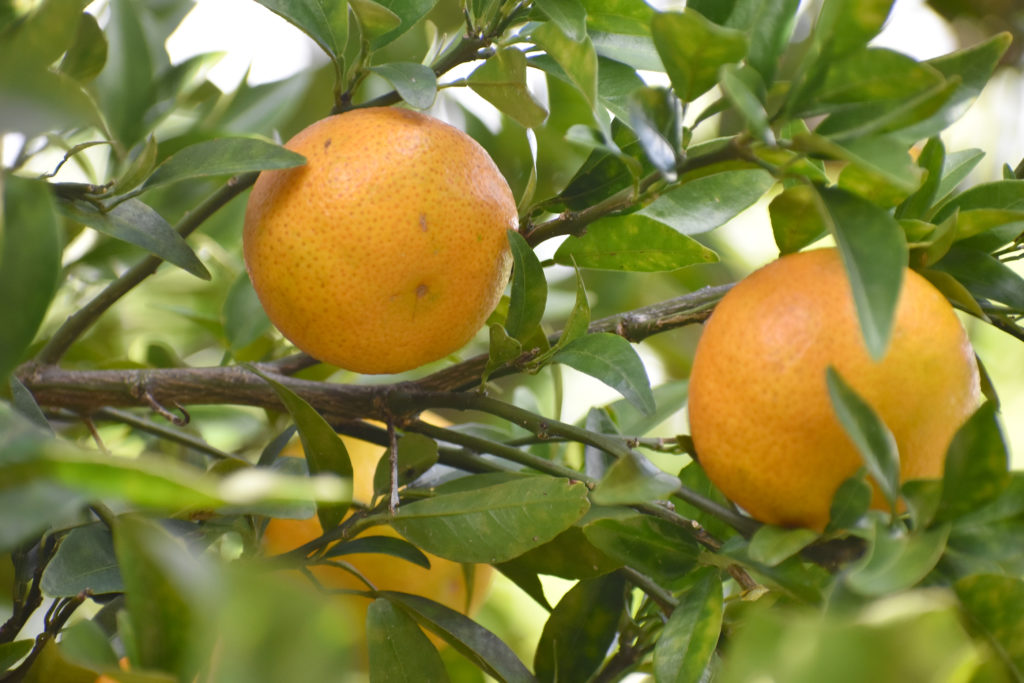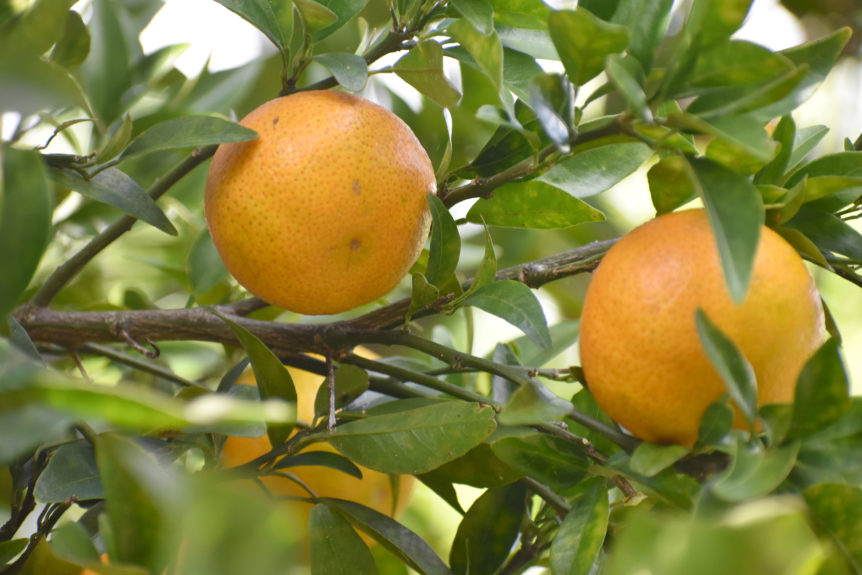
Crop planning is an essential part of the citrus production process. What are you going to grow? Where are you going to market? How are you going to overcome HLB (huanglongbing or citrus greening)?
John Chater, assistant professor at the University of Florida Institute of Food and Agricultural Sciences (UF/IFAS) Citrus Research and Education Center, discussed the different factors that impact a grower’s plan to produce citrus in the cold-hardy region during a recent field day in Quincy.
For this region, Chater said freezes may be a bigger threat to citrus production than HLB. He recommended growers determine what kind of microclimate their grove is in and what the historical temperature range has been.
“Anticipate that there could be a freeze, and this could knock your trees back pretty hard,” Chater advised. “I’d look for cold-tolerant varieties that can be packaged. I probably wouldn’t want to grow for the juice market … You’d get more profitability from a fresh market grove. I would look for a fresh market variety that has good cold hardiness and that has a market where you can hopefully get a packer to take your fruit.”
Chater recommended Owari, a satsuma that produces yields that meet profitability with a harvest window before mid-December. The size of Owari fruit is preferable for packers.
He also emphasized that before growers plant their first citrus, they should know where and to whom their fruit will eventually be marketed.
“You might have assumptions that just because you’re growing this particular cultivar and if you see it in the market, you can find a place for it,” Chater said. “But if you don’t have those contracts or at least an understanding of where the crop is going to go to be packed, you can find yourself in a situation where your fruit is in storage, and you have no place to put it. I’ve seen total losses for growers that way.” Chater advised producers not to procrastinate this process. Just because growers may not have a commercial crop for three or four years doesn’t mean they shouldn’t start planning options of how they are going to market and monetize their fruit, he said.

By Clint Thompson










